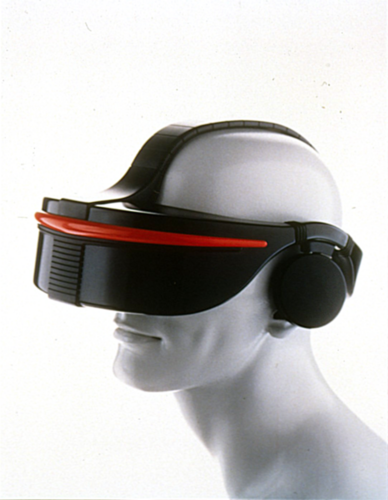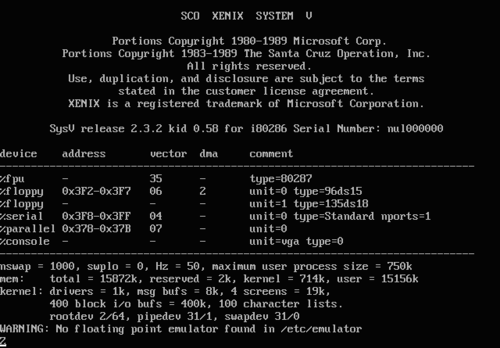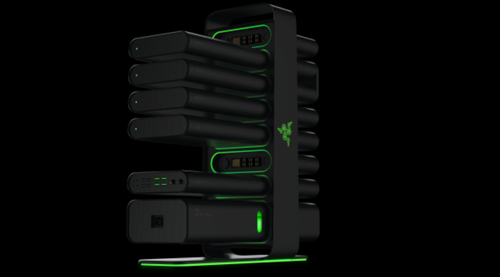
Vaporware refers to products that generate significant hype and anticipation but ultimately fail to reach consumers. This phenomenon isn’t exclusive to small companies; it also affects leading global corporations, underscoring the challenges in transitioning from concept to market. Here are four notable examples of such products, each illustrating the intricate difficulties and obstacles in actualizing innovative ideas.
Triet Le, 👁 Daniel R Deakin, Published
In the early 1990s, Sega, a name synonymous with arcade gaming nostalgia, ventured into a groundbreaking project: Sega VR. Announced in 1991 and showcased in 1993 at Winter CES, this ambitious virtual reality system was a technological marvel of its time.
Despite its innovative approach, the project faced developmental hurdles. Sega VR was designed to use cartridges and was planned to launch with a $200 bundle including four game cartridges. However, the project stumbled due to continuous testing failures. Sega humorously attributed these failures to the system’s ‘too realistic’ experience causing motion sickness and dizziness among players.
As a result, Sega VR remained unreleased to the public and was dropped from Sega’s release list by 1994.

The Segway Centaur, blending elements of the Personal Transporter (PT) and a quad-bike, was a unique addition to Segway’s line-up, designed to perform sustained 45-degree wheelies using a sophisticated mix of sensors, gyroscopes, and microprocessors.
Despite the innovation and potential excitement it promised, Segway chose not to release the Centaur to the market, leaving enthusiasts longing for this novel quad-bike experience and marking a missed opportunity in Segway’s innovative journey.

In the late 1970s, Microsoft launched Xenix, aiming to create a Unix-like operating system for microcomputers. However, challenged by the dominance of AT&T’s Unix, Microsoft redirected its efforts towards developing Windows NT.
Despite this shift, Microsoft collaborated with IBM on OS/2, integrating the Xenix and MS-DOS development teams. Ultimately, Xenix struggled to compete with Unix, leading Microsoft to sell the project to SCO (Santa Cruz Operation) in 1987. SCO then evolved Xenix into what is now known as SCO OpenServer.

Unveiled at CES 2014, Razer’s Project Christine proposed a revolutionary concept in PC gaming: a modular framework allowing easy integration of essential components like CPU, GPU, and HDD. This design aimed to keep gaming rigs up-to-date. Razer even considered a subscription model for regularly updating parts.
However, since its announcement, there’s been a notable lack of updates on Project Christine. Rumors point to challenges in persuading manufacturers to produce compatible modules, casting Project Christine as an ambitious yet unrealized vision in the gaming tech landscape.
To explore more about the world of unrealized tech projects, particularly in video games, check out Richard Dansky’s “Vaporware” (available on Amazon).

Related Articles

Triet Le – Magazine Writer – 10 articles published on Notebookcheck since 2023
As a seasoned Senior iOS Engineer with over eight years of experience, I possess a comprehensive mastery of Swift, SwiftUI, and Objective-C. My passion for technology extends beyond development; I am an avid reader and writer on emerging tech trends, bringing complex topics to life for our readers.
At Notebookcheck, I look forward to blending my technical expertise and enthusiasm for tech to provide insightful and engaging content for our audience.
Triet Le, 2023-12- 9 (Update: 2023-12- 9)
